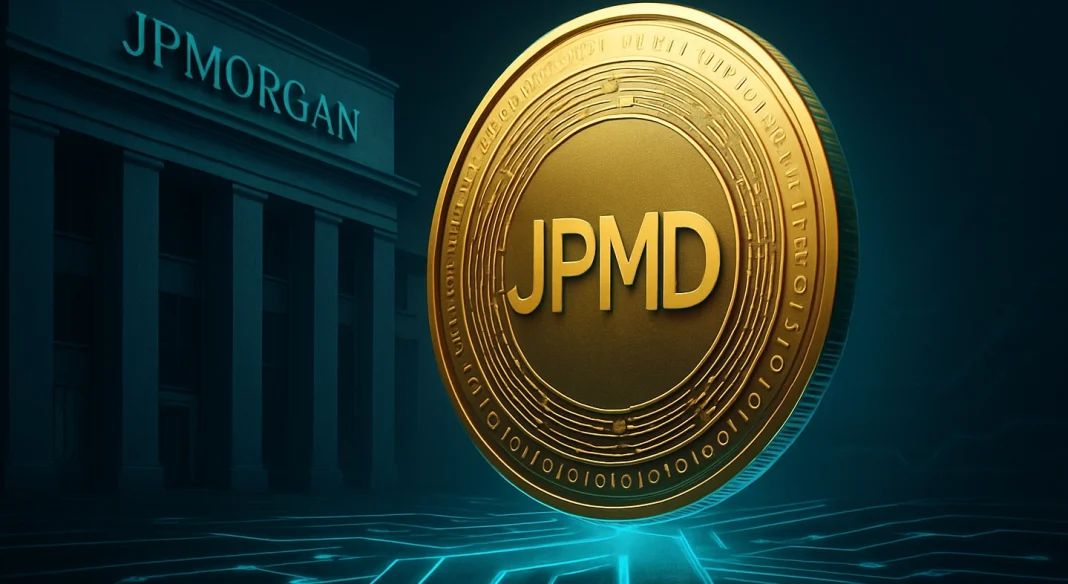Alright, JPMorgan just dropped something fresh on the table, the JPMD. What’s that? It’s a permissioned deposit token, a fancy way of saying they’re turning good old-fashioned deposits into digital tokens, but only for their institutional clients.
Yeah, no retail crowd here. This is the VIP lounge of digital money.
Access denied
Now, JPMD isn’t your run-of-the-mill stablecoin like USDT or USDC. Nope. It’s permissioned, meaning JPMorgan calls the shots on who gets in.
It’s deployed on Coinbase’s Base blockchain, a public Ethereum-based network, but access? Locked tight. Only JPMorgan’s big institutional customers can play.
Why should you care? Because JPMD promises to shake up how institutions handle cash. Imagine settling payments 24/7, no waiting for bank hours, and earning interest on those deposits while you’re at it.
It’s like having your cake, eating it, and getting paid for the crumbs. JPMorgan’s pitching this as a bridge between the old-school banking world and the shiny new blockchain universe. And this time for real.
Technology
They’re touting three big perks, lightning-fast, always-on settlements that actually earn interest, smooth integration with existing banking systems, so no messy tech headaches, and controlled access that keeps regulators and compliance people happy.
It’s like having a secure backdoor into the blockchain party without the chaos of public stablecoins.
JPMorgan’s vision is clear, they want JPMD to be the go-to for on-chain asset settlements and cross-border B2B payments.
Think of it as the digital cash for the big leagues, where speed, security, and trust matter most.
And word on the street? Institutional players are already lining up, hungry for a reliable, indeed regulated digital cash solution from a trusted, well-known banking player.
Big banks’ approval
Oh, and JPMorgan’s not messing around, they’ve even filed a trademark for “JPMD,” covering everything from crypto trading to payments. They’re pretty serious about this.
So, JPMD is a big step in blending traditional finance with blockchain tech. It offers regulated, interest-bearing digital deposits exclusively for institutions, finally making digital cash faster, safer, and smarter.
For the rest of us watching from the sidelines, it’s a glimpse of how the future of money might just roll, quietly, efficiently, and with a big bank’s stamp of approval.
Disclosure:This article does not contain investment advice or recommendations. Every investment and trading move involves risk, and readers should conduct their own research when making a decision.
Kriptoworld.com accepts no liability for any errors in the articles or for any financial loss resulting from incorrect information.


